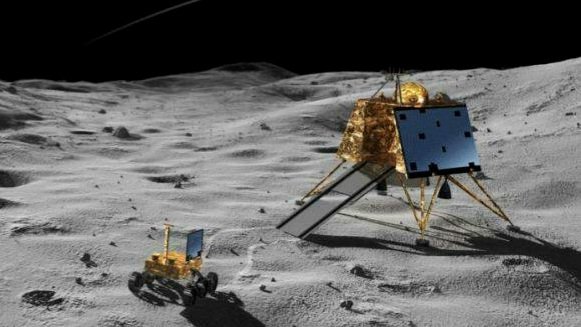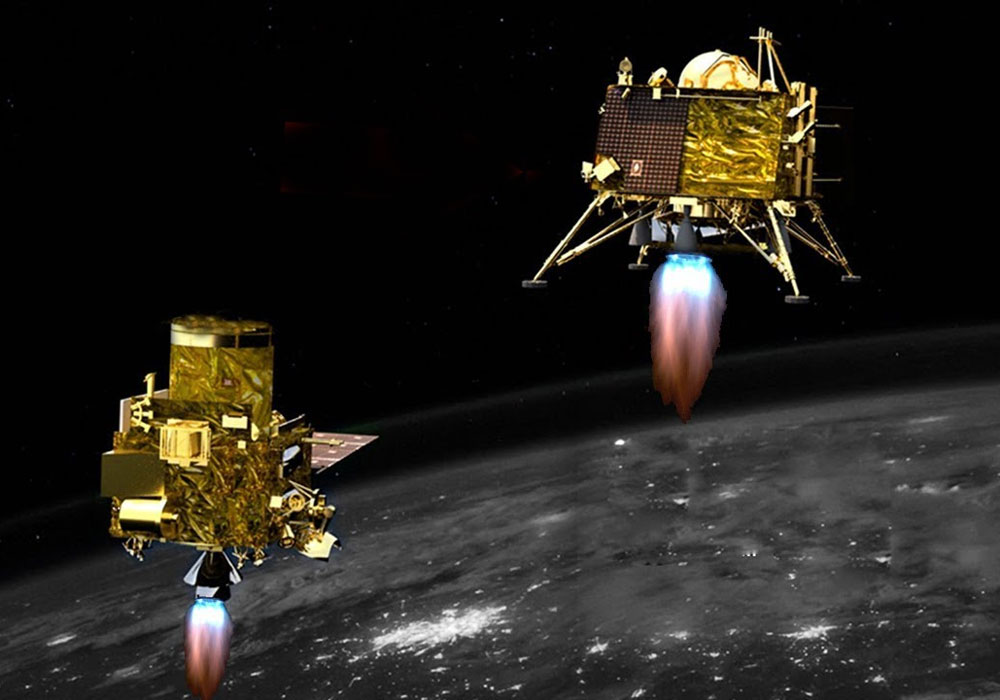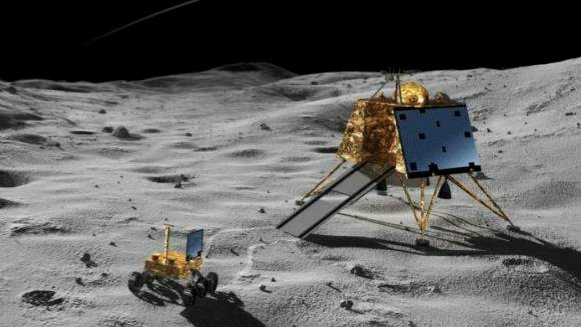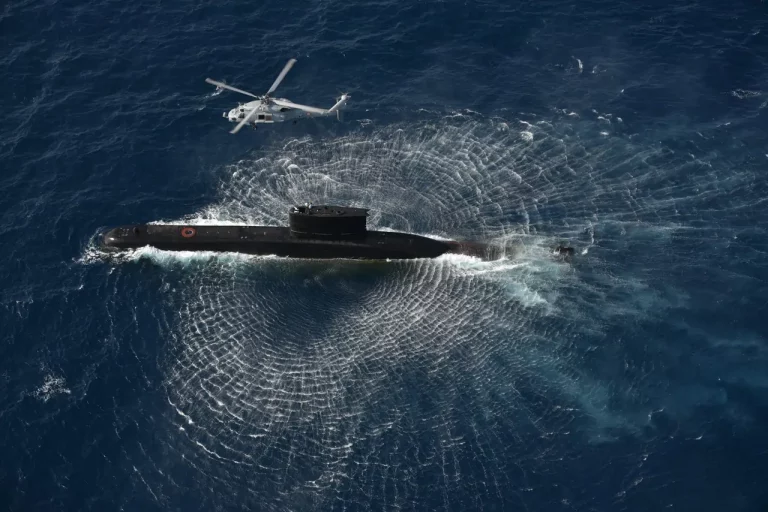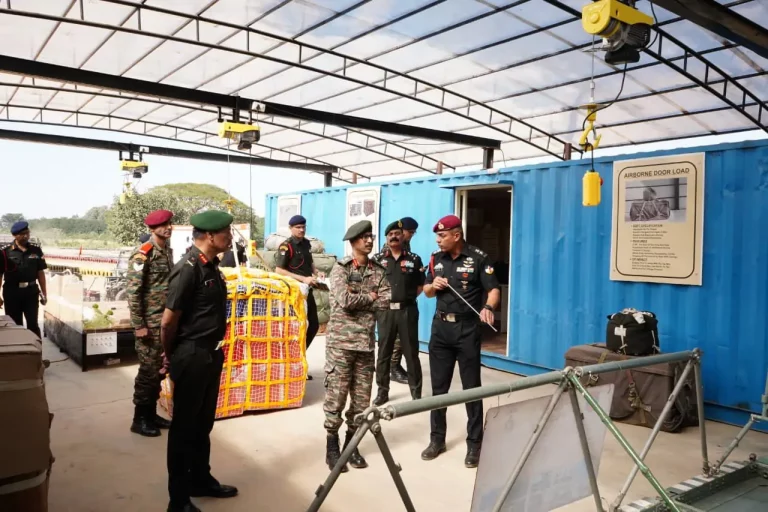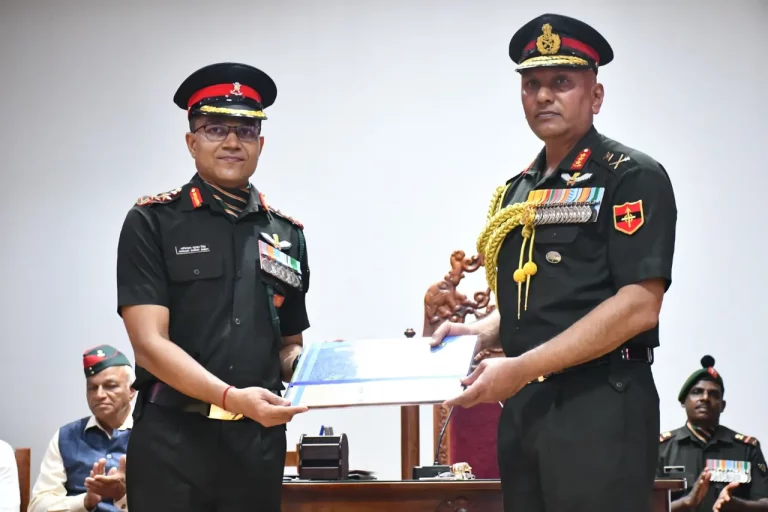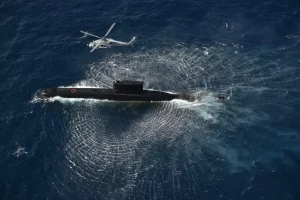Union Minister of State (Independent Charge) Science & Technology; Minister of State (Independent Charge) Earth Sciences; MoS PMO, Personnel, Public Grievances, Pensions, Atomic Energy and Space, Dr Jitendra Singh today said that Chandrayaan-3 is scheduled for launch in August 2022.
In a written reply to a question in the Lok Sabha yesterday, Dr Jitendra Singh said, based on the learnings from Chandrayaan-2 and suggestions made by the national level experts, the realization of Chandrayaan-3 is in progress. Many related hardware and their special tests are successfully completed and the Launch is scheduled for August 2022.
The Minister informed that the number of missions planned during 2022 (Jan to Dec’22) are 19 viz., 08 Launch Vehicle Missions, 07 Spacecraft Missions and 04 Technology Demonstrator Missions.
Several ongoing missions were impacted due to the COVID-19 pandemic. Also, reprioritization of projects has taken place in the back drop of Space Sector reforms and newly introduced demand driven models. The following missions were realized in last 3 years.
Decoding Chandrayaan-3
Chandrayaan-3 is a lander-and rover-specific mission, which will demonstrate India’s capability of soft landing on a celestial body, with the rover then communicating with Earth via the existing orbiter from Chandrayaan-2 and taking images 100 km from Moon’s orbit. The orbiter has an estimated lifespan of seven years.
The unique exploration of Chandrayaan-3 aims at studying not just one area of the Moon but all the areas combining the exosphere, the surface as well as the sub-surface in a single mission.
With Chandrayaan-1, ISRO achieved immense success as the ‘Moon Impact Probe’ by Chandrayaan-1 lunar remote sensing orbiter detected water in vapor form in trace amounts. The discovery was done along with JPL-Brown University payload Moon Mineralogy Mapper (M3) that confirmed that the formation of Hydroxyl ions and water molecules on the lunar surface is an ongoing process.
With Chandrayaan-3, India aims to further the study of the lunar surface, focussing on the dark side of the Moon that has not seen sunlight in billions of years, which is believed to have ice and vast mineral reserves.
Why Exploring The Moon Is Imperative?
The Moon is the closest cosmic body at which space discovery can be attempted and documented. Further, Moon is a promising testbed to showcase technologies required for deep-space missions. Exploring the Moon will enhance our understanding of the celestial body clearly, stimulating the advancement of technology, promoting global alliances and inspiring future generations of explorers and scientists.
Why Lunar South Pole Of The Moon Is Targeted For Exploration?
The Moon provides the best linkage to Earth’s early history and civilization. The exploration will offer an undisturbed historical record of the inner Solar system environment.
The Lunar South pole is especially interesting because the lunar surface area that remains in shadow is much larger than that at the North Pole. Further, there could be a possibility of the presence of water in permanently shadowed areas around it. In addition, the South Pole region has craters that are cold traps and contain a fossil record of the early Solar System.
List of Satellites launched in last 3 years’ time frame
| Satellite Name | Launch Date |
| EOS-03 | Aug 12, 2021 |
| Amazonia-1 | Feb 28, 2021 |
| Satish Dhawan SAT (SDSAT) | Feb 28, 2021 |
| UNITYsat | Feb 28, 2021 |
| CMS-01 | Dec 17, 2020 |
| EOS-01 | Nov 07, 2020 |
| GSAT-30 | Jan 17, 2020 |
| RISAT-2BR1 | Dec 11, 2019 |
| Cartosat-3 | Nov 27, 2019 |
| Chandrayaan-2 | Jul 22, 2019 |
| RISAT-2B | May 22, 2019 |
| EMISAT | Apr 01, 2019 |
| GSAT-31 | Feb 06, 2019 |
| Microsat-R | Jan 24, 2019 |
| Kalamsat-V2 | Jan 24, 2019 |
ALSO READ
- ISRO Successfully Conducts Third Vikas Engine Long Duration Hot Test For Gaganyaan Program
- 14 Inspiring Achievements Of ISRO
- Full List Of Indian Satellites, Launch Vehicles, Spacecrafts, And Dates [UPDATED]
- Full List Of 328 Foreign Satellites Launched By India [UPDATED]
Chandrayaan-3 is scheduled for launch in August 2022
— SSBCrackExams (@SSBCrackExams) February 3, 2022
The number of missions planned during 2022 (Jan to Dec'22) are 19 viz., 08 Launch Vehicle Missions, 07 Spacecraft Missions, and 04 Technology Demonstrator Missions. pic.twitter.com/C2wCCb6jq2
